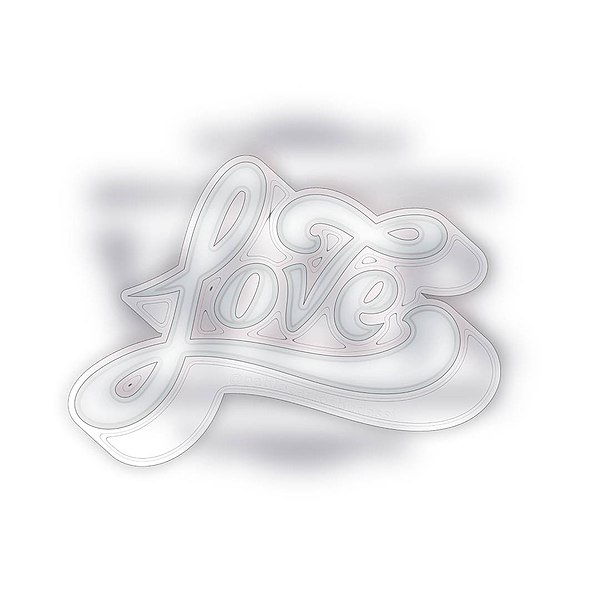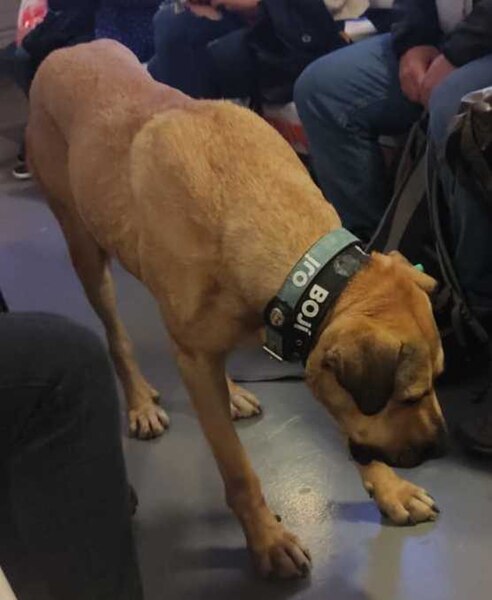When we are praying about the result, say, of a battle or a medical consultation, the thought will often cross our minds that (if only we knew it) the event is already decided one way or the other. I believe this to be no good reason for ceasing our prayers. The event certainly has been decided — in a sense it was decided ‘before all worlds.’ But one of the things taken into account in deciding it, and therefore one of the things that really causes it to happen, may be this very prayer that we are now offering. Thus, shocking as it may sound, I conclude that we can at noon become part causes of an event occurring at ten a.m.
— C.S. Lewis, Miracles, 1947
Lewis adds, “Some scientists would find this easier than popular thought does.” In his 2016 book Time Machine Tales, physicist Paul J. Nahin writes, “It is a view that does find much support in the block universe interpretation of Minkowskian spacetime. Lewis never mentions the block concept by name, but it is clear that he believed in the idea of God being able to see all of reality at once.” See Asking Back.







